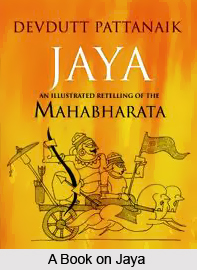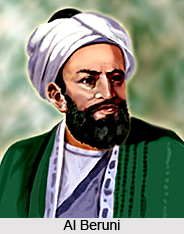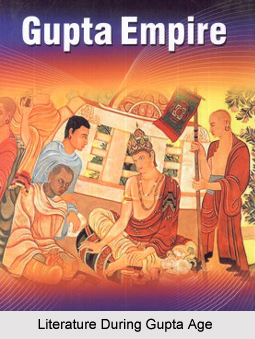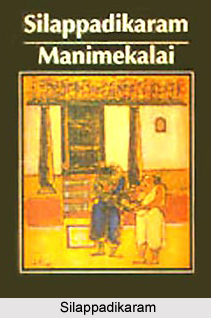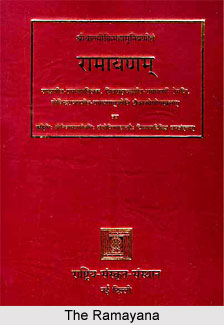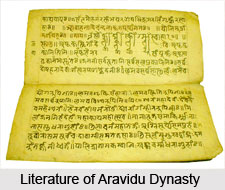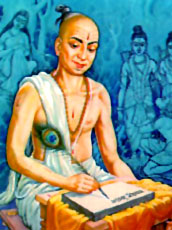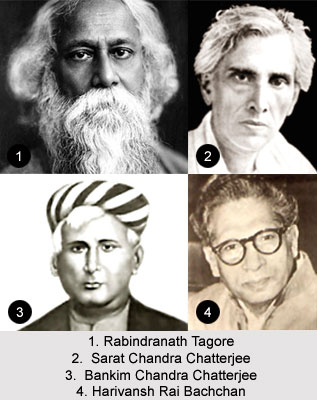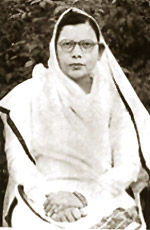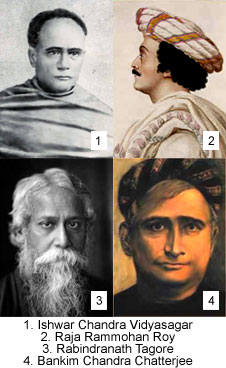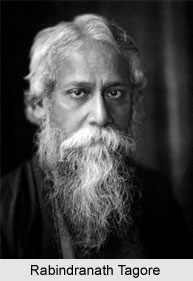Charan poetry is available in the form of stray verses quoted in the Apabhramsa `Grammar` of Hemcandra and the Jain `Prabhandhas`. They are mostly in the Western Apabhramsa but some are akin to the then developing Rajasthani with a touch of Apabhramsa. Such verses deal with laudatory, historical and heroic deeds, amorous feelings, and objective descriptions, moral and religious topics. This kind of poetry is preceded by verses of the following type. They are the utterances of known or unknown Charans or Bhats. Names of some Charans are Phuman, Ramcandra, Gagil, and Hatti Pravist.
The characters of the Charan poems include a blending of the erotic and the pathetic with the heroic emotions. Subtle touches of sringar have often been given in some poems. In these poems heroic emotions were expressed and statements of tradition made in abundance by poets of this style. Lions, boars, elephants, bullocks, aquilas and cobras were used respectively as symbols of firmness, gigantism, hardiness, vigour, swift movement and assault and wrath.
Sridhar Vyas is the earliest Charan poet of significance of this period who has contributed to both the major types of Charan poetry namely, the historical and heroic and the mythological and religious. His poems are Ranmall Chand, Saptsati ra Chand and Kavitt Bhagwat. Ranmali Chand is a historical poem. It depicts heroic characters and describes the battle which Rav Ranmali Rathore of Idar fought against Zafarkhan, the Governor of Gujarat, when the latter invaded Idar in 1398. The poem was composed in 1400.
Its alliterative and tinnitus diction, and vivid description of battle makes it a poem of distinction. Some Persian and Arabic words have also been used. In fact, the use of such words in describing battles and in dialogues with the Mohammedans is a common tendency of Charan poetry.
The Saptsati is a heroic poem based on the Durga-Sapt-sati which is part of the Markandey Puran and, as such, there is no originality in the subject matter. But from the point of view of antiquity, language, style and tradition, it is an important work. The poet is more interested in descriptions of all sorts than in the story which is feebly linked. This characteristic and the penchant for Sanskrit diction are also noticeable in a later poem Veli Krisan-Rukmaniri by Prthviraj Rathore. Sapt-sati`s language and metre-scheme are similar to that of Ranmall Chand.
Kavitt Bhagwat is based on the 10th skandh of the Bhagwat Puran. These poems are the earliest specimens of mythological poems of the Charan style. In the characterisation of Charan poems, depth and loftiness of sentiments prevail. Literary embellishment is not so significant. Actions of the Rajputs are motivated by their love for freedom, honour and dignity. Some of the Charan poems bear a mythological style and have discussed several mythological events in its vivid description.
The Vacanika is a milestone in the Charan poetry. The creation of the work and the occurrence it depicts were almost contemporary. As far as the mythological and religious poetry in the Charan style is concerned, Sridhar Vyas`s two creations are the only ones available in the Early Period.
